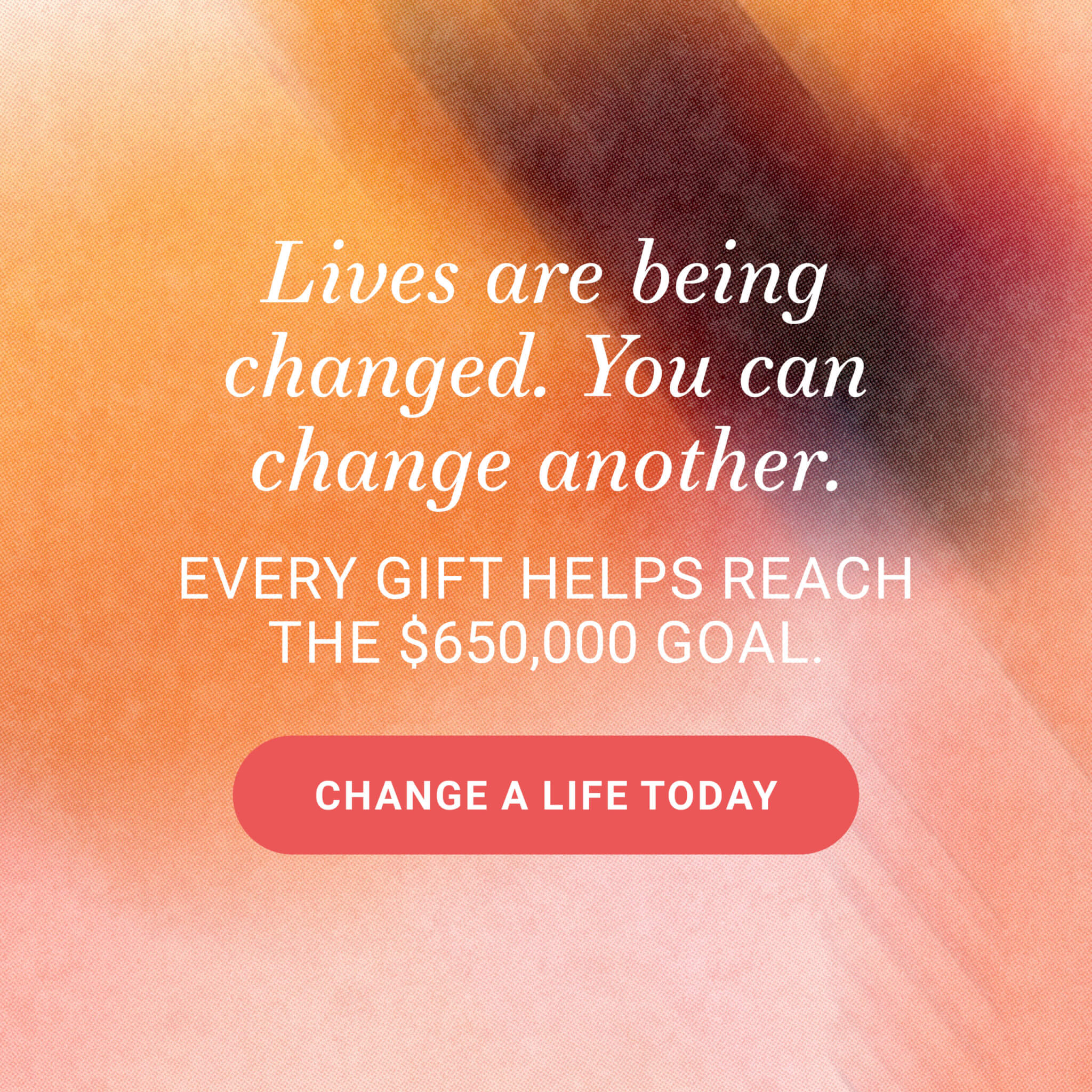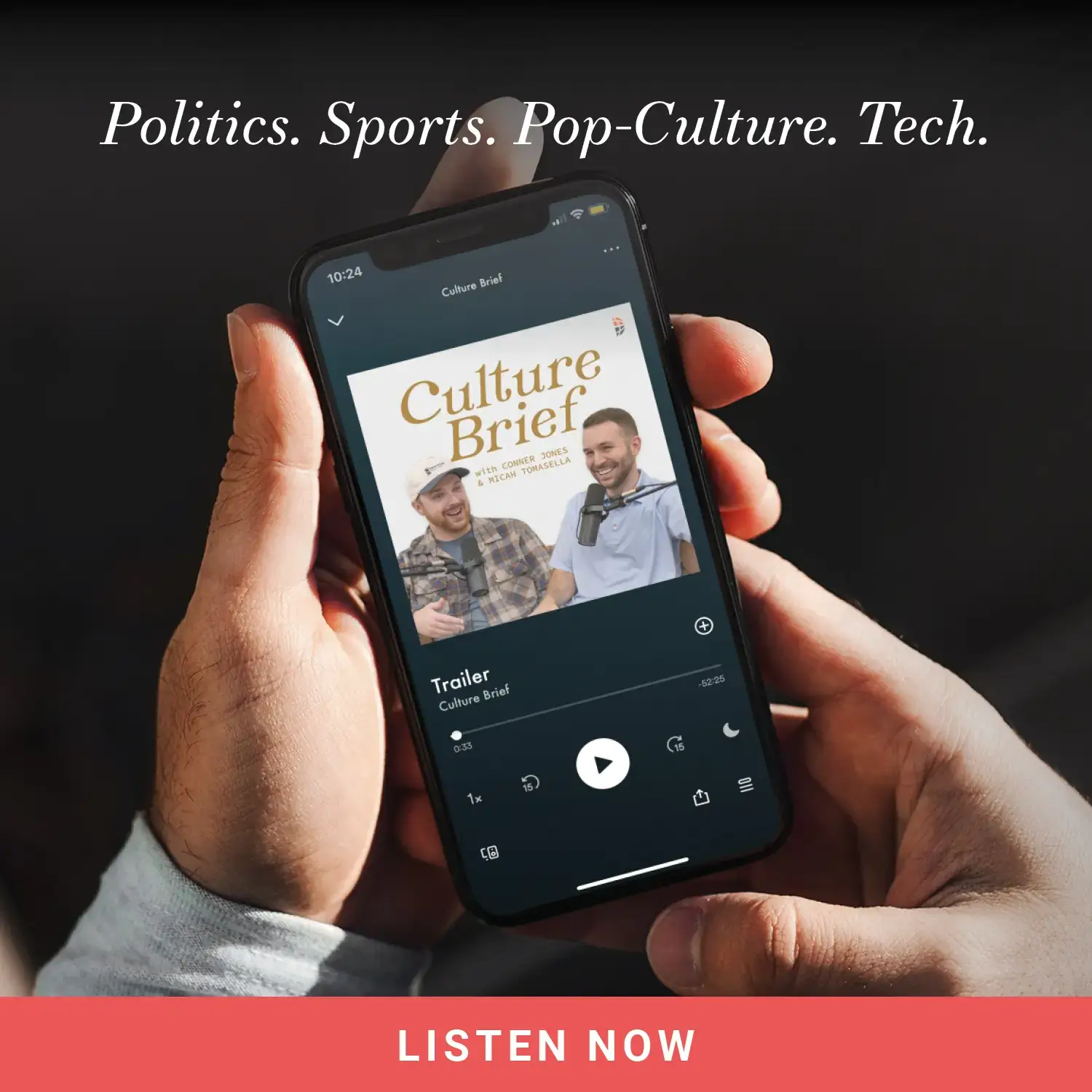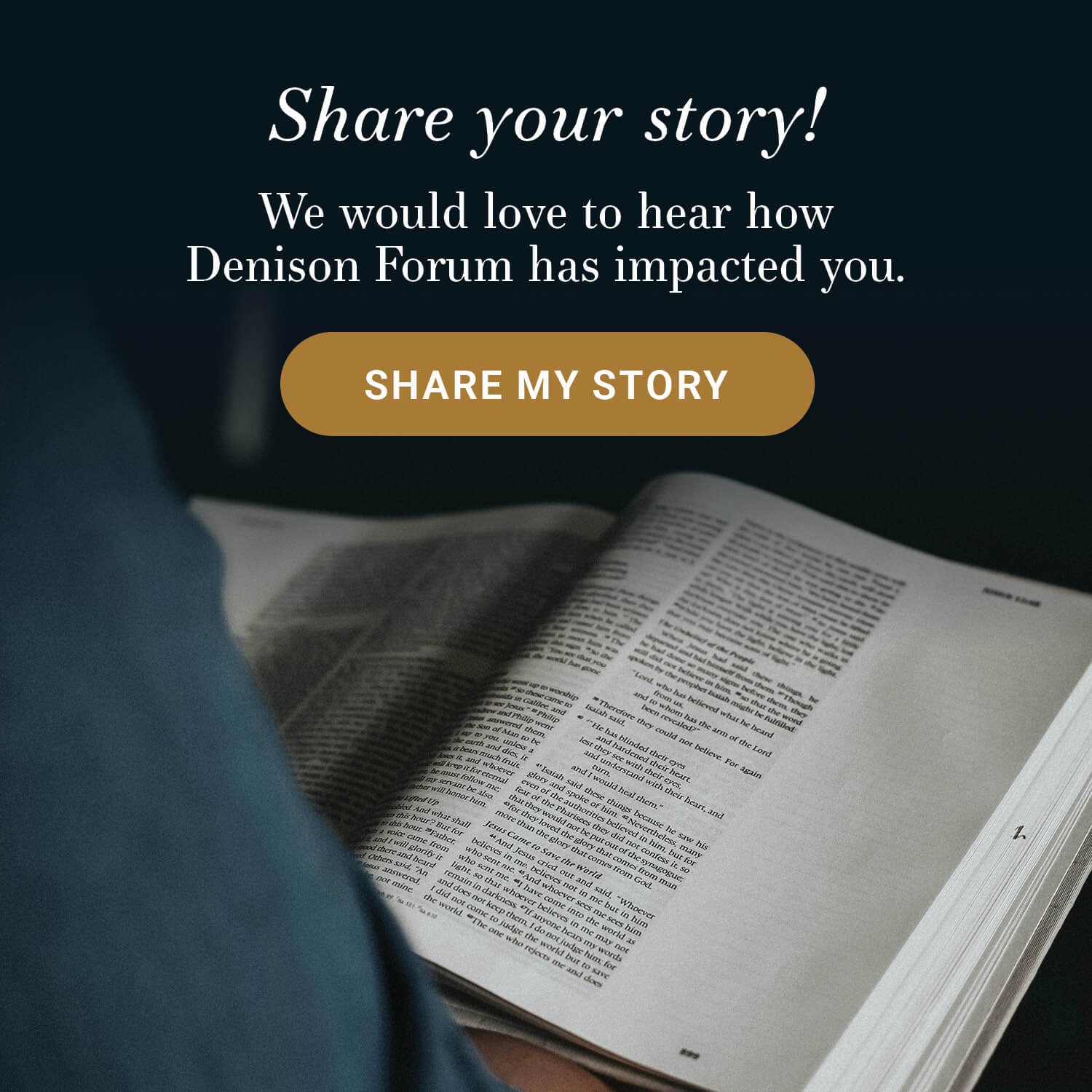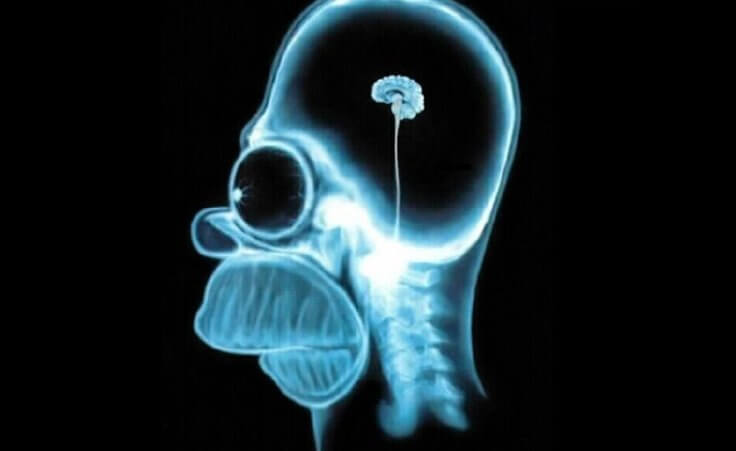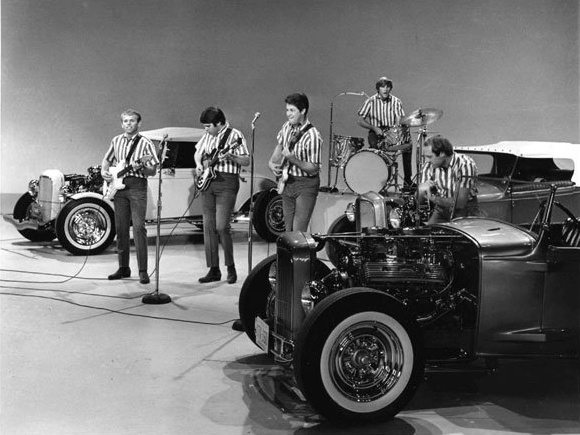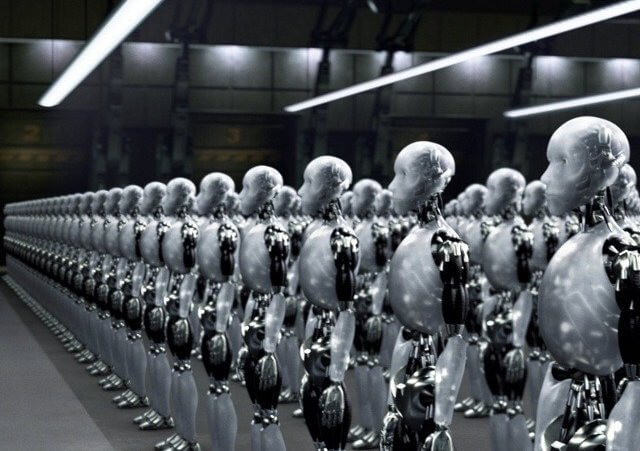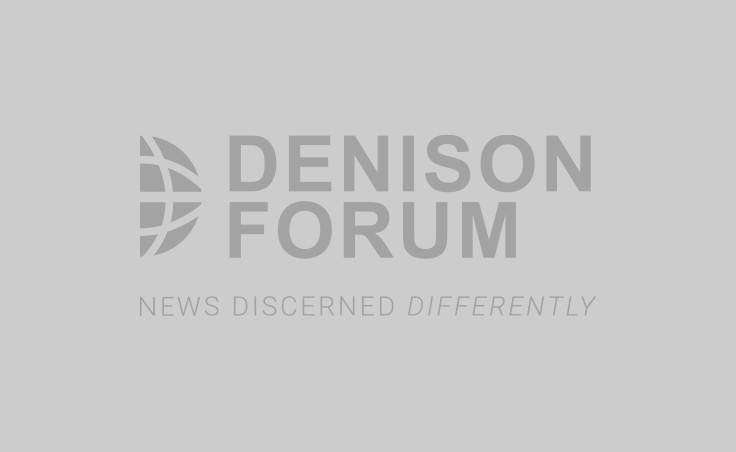
AI made artwork: "Théâtre D’opéra Spatial" made by Midjourney AI, prompted by Jason M. Allen
Last week, Jason M. Allen submitted a piece of art created by an artificial intelligence program to the Colorado State Fair competition. The stunning image depicts royalty in front of a massive window, invoking foreign grandeur. The name of the art piece is French: “Théâtre D’opéra Spatial,” which translates to “Space Opera Theater.” The image won first place and a three-hundred-dollar prize, sparking backlash from artists who said he cheated by using the AI.
Recent technological developments allow for people to give programs a text prompt, like “Oil painting of the statue of liberty with a Santa hat,” and receive multiple hyper-realistic images that match the description. The most sophisticated program, DALL-E 2, is not open to the public, but others are, like the one Mr. Allen used, “Midjourney.”
While everyone thought art was the one thing robots could never do, maybe we were dead wrong.
Either way, this kind of AI holds up a dark mirror to humanity.
How does text-to-image AI work?
Text-to-image AIs begin by scouring the internet for images of everything and noting what makes a thing that thing. For example, it finds millions of pictures of apples online and keeps track of “what makes an apple an apple” in terms of the actual pixels and code. The AI program takes around five hundred different measurement dimensions of the image. Then, through a complex process called “diffusion,” the artificial intelligence program produces an image from the text prompt.
If the internet is a collection of information and encompasses a great deal of human knowledge, then an AI program like this will reflect the way we think. The idea of the collective unconscious was proposed by the twentieth-century psychologist Carl Jung. He believed that through thousands of years of history, humans have developed universal cultural ideas that influence us subconsciously. Those universal notions are called archetypes, which present as images and motifs.
Does a program that effectively averages our knowledge from the internet for visual images reflect a part of our “collective unconscious,” if such a thing even exists?
AI’s ability to generate artwork has profound philosophical implications, but it’s also made artists practically worried about their future.
Does AI make art obsolete?
In short: No.
While some sectors of business might suffer under these new breakthroughs, AI probably won’t end too many artists’ careers. The invention of the camera did not make photo-realistic drawings or portraits obsolete. It changed the way we view portraits, yes, and the invention certainly shook the art world. But both portrait creation and realism are artistic fields that flourish today. Services that automatically create logos for companies have existed for years. Yet consistently, most companies spend thousands of dollars on design anyway.
The human touch matters.
What makes good art and good design goes beyond the scope of this article. For now, I’ll point to the work of Makoto Fujimura who wrote Art and Faith. In his paintings, he uses a traditional Japanese art form called Nihonga that is intentionally slow and methodical. His pieces also often involve gold and precious materials. Since it takes a computer only seconds to create images, the human element of intentionality and slowness in the process will preserve human art because we appreciate sacrifice in craftsmanship.
How AI does threaten artists?
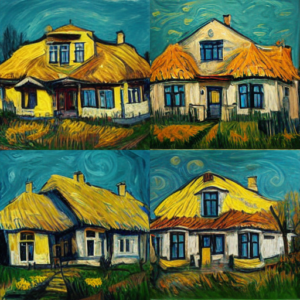
However, if I type “House, painting, Vincent Van Gogh” into the AI Midjourney, I will receive an image that copies his style frighteningly well. That feature worries some artists more than anything else.
How these programs interact with copyright laws sits in a gray area. Governments are still catching up and trying to regulate social media, which is decades old now. They are nowhere near figuring out what to do with sophisticated AI image processors, which are only a year old.
Suffice it to say, while the programs might disrupt certain industries like stock photography and design, they won’t make human art obsolete. Perhaps “Certified human-made” in twenty years will make a piece of art that much more valuable.
New artistic focuses may appear as well, such as “Prompt Craft.” Bokar N’Diaye already sees that some prompts given to the AI are imaginative and produce provocative, interesting results, while others do not. In the future, there may be artists who craft perfect prompts, a paragraph long, into the text-to-image AI.
Just as some niche artistic crafts may shrink with emerging technology, new ones might appear.
How does AI show the worst of humanity?
AI doesn’t make itself (yet), we make AI, and AI reflects our tendencies.
Max Tegmark is a thinker who specializes in AI theory. He writes about the different kinds of AI. The programs that learn what we like (like the algorithms that choose what’s at the top of your Facebook feed) are already embedded in every corner of the internet. While an AI does learn, it starts from rules and data that we give it. That’s why we have an AI program that can create art and another one that can beat the best Go player in the world—but not both.
At this point in time, there are no general AIs, what Tegmark calls “artificial general intelligence.” What we have are “narrow AIs,” designed to do one task.
With the text-to-image AIs, they take nearly all images from the internet. Everyone knows that the internet contains a dark underbelly full of perversions and crime. Does that show in the images the AI regurgitates? Yes. While most images are harmless, the program sometimes reveals tragic prejudice and the less-than-pleasant side of human nature.
When you type in “Asian,” “Latina,” or “Black woman” by themselves into the dataset given to algorithms, the first cascade of results is pornographic. Sexual objectification and perversion based on race don’t exactly paint humanity in a shining light. Pornography often drives the development of AI technology, like in the case of “deepfake” videos.
Christ rescues us from the abyss
AI is not aspirational. It shows us things we don’t want to see about ourselves. While each person isn’t individually responsible for the moral failings of our society, our society can project moral goodness or evil in different areas.
Communal sins affect generations. This is true of racism, pornography, apathy, abandonment of elders, greed, and worshiping political correctness. We have countless stories of communal sin affecting people in the Bible.
Yet, Jesus paid for each of our sins and will bring his perfect kingdom which is without sin. He took on sin, he who knew no sin, to rescue each of us who would take his proffered hand. While AI helps show the depth of our collective sins by gathering something as simple as phrase and image associations, only Jesus’ blood goes to those depths of human nature to rescue us.

